Veracruz port has dealt with last year’s congestion problems by adding capacity for more than 30,000 vehicles and there have also been improvements to previously disrupted rail services, according to speakers at this year’s Automotive Logistics and Supply Chain Mexico conference
The Mexican port of Veracruz remains North America’s biggest in terms of annual finished vehicle processing. It has seven ro-ro berths, which is unique in Mexico, and this year the port authority expects to clear a record 1m vehicles. That volume is all the more surprising given the congestion that troubled vehicle terminals there only last year, though it still managed to process more than 933,600 vehicles in 2023.
Mexican vehicle production has seen an increase of 30% over the last five years and is expected to hit 4m by the end of 2024. There has also been a sizeable increase in the number of vehicles imported. Domestic sales have seen a 58% increase and Mexico is expected to sell 1.5m vehicles by the end of this year. All of this is putting greater pressure on the transport modes used to move finished vehicles around the country and in and out of the ports, not least at Veracruz.
Also read: Data snapshot: Volume increases at Mexico’s finished vehicle handling ports
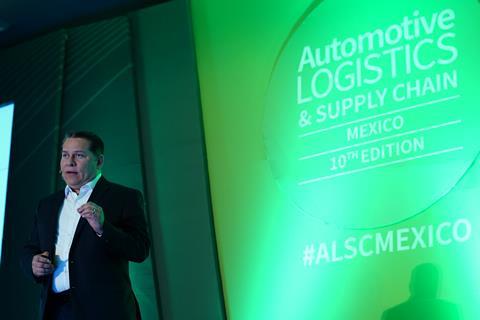
Expansion at Veracruz
This year national port administration at Veracruz (Asipona Veracruz) has made a lot more land available for vehicle storage and processing around the port and carmakers are seeing the benefit. The port is also benefiting from investment from its terminal operators CSI Group and SSA Mexico, and it has a more collaborative relationship with the port Tuxpan, almost 300km to the north. Those initiatives are benefitting carmakers, including the three biggest users of the port: Ford, Honda and Volkswagen.
Veracruz port exports more vehicles than it imports. Roughly two-thirds of its annual volume (68%) is exported and the port authority has made efforts to support that with lower vehicle tariffs of 5.93 MXP ($0.3) for those exports.
Together the port authority and its terminal operators CSI and SSA have invested 1.1 billion Mexican pesos ($53m) to improve finished vehicle capacity and throughput. Asipona Veracruz has added five new storage yards (see table), adding almost 33,000 additional car parking spaces. CSI, which is an integrated logistics provider, has also added a multistorey parking lot with capacity for 10,000 CEUs. Taken together the port now has storage for around 53,000 vehicles over 66 hectares.
Table 1: Additional capacity added to Veracruz
| Location | Hectares | CEU capacity |
|---|---|---|
|
Yard 2 |
4.4 |
2,800 |
|
Yard 4 |
2.2 |
1,540 |
|
Yard 6 |
20.4 |
16,200 |
|
Yard 9 |
2.7 |
1,400 |
|
Yard 12A |
15.8 |
11,000 |
Source: Asipona Veracruz
If the port maintains a volume rotation three times a month it now has capacity to move up to 1.6m vehicle units a year, according to Felipe Quijano Montoya, commercial manager, Asipona Veracruz.
That is helped by the fact that Veracruz has increased its customs gates for vehicle imports from four to 17, which has increased throughput by 240%. It also now has four gates for exports, said Quijano.
With the operation of a new customs office in North Bay, congestion in the South Bay operations will ease, according to Quijano. “The first stage will be for imports with an investment of $78.6m to increase land by nearly 80 acres, with operations starting this year,” he said. “The second stage will be exports, with operations starting in 2026 and an investment of $50m for 20 acres.”
Veracruz port by numbers
- Storage capacity for 53,000+ vehicles
- 700 units per hectare
- 3 rotations per month
- 66.2 hectares total storage area
- 5 public yards to store vehicles
- 2 terminal operators: CSI and SSA Mexico
- 1.1 billion Mexican pesos ($53m) total investment for automotive
Getting rail on track
Veracruz is served by rail freight providers FerroSur and Canadian Pacific Kansas City (CPKC). That includes its new Logistics Bay storage facility, 4.5km from South Bay, where there is 184 hectares of land for vehicle storage with a double-track rail connection and renewable leases of 20 years available.
There are about 14,000 rail cars for North American operations, with about 1,500 dedicated for operations in Mexico covering 15,000km of developed rail track, according to Antonio Zepeda Torres, commercial director, CSI Group. The logistics provider has terminal operations at four main ports: Veracruz, Lázaro Cárdenas, Altamira and Mazatlán.
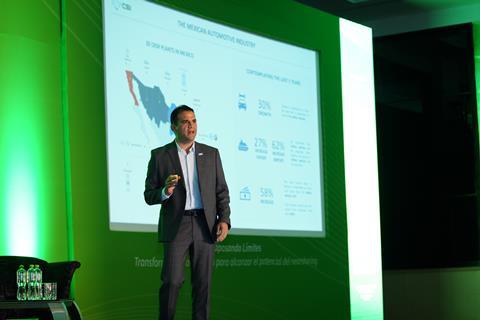
“At the port of Veracruz, we have static capacity that can go up to 53,000 vehicles,” confirmed Zepeda. “The rotation is very important to take advantage of this capacity. Back in 2019 capacity was around 34,000 vehicles. Just by having the new multistorey parking garage and the additional areas released by the port authority increased storage capacity by 56% at the beginning of 2024.”
Veracruz port has almost 7km of rail tracks for vehicle operations.
However, port throughput is only as good as its inland transport links. There are greater options in Mexico than there were until relatively recently and securing finished vehicle capacity has required both with service providers and between carmakers.
For GM, which is Mexico’s biggest producer and exporter by volume, securing capacity for vehicle shipments is crucial to get the vehicles it builds to its customers as efficiently as possible. GM has been in Mexico for almost 90 years and it has a strong emphasis on stability and continuity, according to Mónica García, director of global procurement and supply chain at GM Mexico. The carmaker uses around 130 logistics providers in Mexico, with certain partnerships running for 30 years. “We are here to play the long game and want to continue being the preference of our business partners,” she said. “We rely on that partnership and collaboration to increase competition. The relationships we have built over this long time are really important for us and that’s why we continue to be the preferred customer of our business partners.”
However, the changes required to maintain production for high demand in the domestic and export markets are often ahead of the infrastructure or services needed to support them. There are still a lot of development opportunities and that includes rail.
Hector Martinez, Honda de México’s head of export sales and CBU logistics, emphasised the critical role of rail transport in maintaining efficient operations and meeting high demand for its vehicles. Honda has its own rail spur next to its plant in Celaya for vehicle shipments to the Pacific and Gulf coasts, including through Veracruz. Disruption to rail services is a concern for Honda and it led to an increase in inventory last year, according to Martinez.
He also said that security was a concern on the rail network, which suffered from a lot of vandalism and theft but he said support was coming from transport providers and the situation is improving.
From a situation on the rail network that Martinez described as “a total mess” the situation has stabilised. However, Martinez explained that last year Honda had to resort to flatbed trucks because there were not enough railcars – not the best solution as it is four vehicles per flatbed while a train can move 600 vehicles at once.
“We need to keep the vehicles moving and we also changed our routing as did most of the other OEMs,” he said, adding that Honda also started using other ports beyond Veracruz. “Now we are utilising Altamira and Veracruz, and we still keep Lazaro Cardenas as a backup.
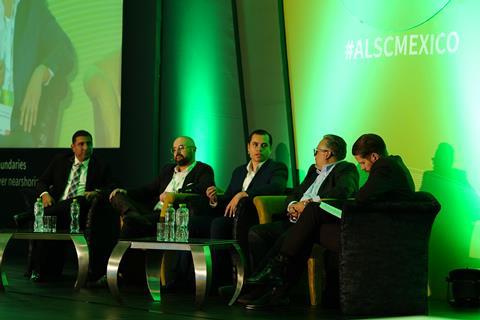
“We need to keep working with our internal purchasing departments so that we can speed up all these purchasing processes and we can keep the vehicles moving and keep the parts moving,” he said.
Carlos Eudave, senior manager of finished vehicle logistics at Nissan Mexicana echoed Martinez and described “a really hard situation in terms of capacity for finished vehicle logistics”. Nissan too had to look for alternative routes and new processes to keep the vehicles moving out from the factories.
“We needed to accelerate the internal process needed to get approval for a business case and its operational feasibility so we could start as soon as possible and meet the market demand,” said Eudave. “Now we feel more comfortable because we have developed some other options in the market. If we have another different crisis in the next few years, we have the options and we can adapt as soon as possible if necessary.”
Volkswagen de México’s head of logistics planning, Bernardo Taboada Cortina, also related the limitations his company has felt in the rail freight network in Mexico,. Congestion at the ports has been caused by a number of different factors, including increased volume flows and weather events, including three hurricanes which hit the Pacific coast in September this year and one that hit Veracruz from the Gulf of Mexico in July. However, Taboada also pointed to disruption between its plant in Puebla and the port of Veracruz because of demonstrations and track repairs. Protesters demanding water supply in Chapulco, Puebla blocked the train line to Veracruz in September, according to the Mexican Railway Association.
Also read: US election: Impact on Mexico’s automotive logistics
Port collaboration
This disruption comes on top of capacity problems stemming from 2023. Taboada said there was a lack of land transport last year and VW could not transport as many cars as it wanted by rail. It secured space at Tuxpan port for finished vehicles as a release valve and continues to use the port alongside Veracruz, planning flexibility into its outbound supply when one form of transport does not work as planned. “This is one thing that has helped us a lot during past years,” Taboada. “We have been in cooperation with port authorities and we can use public spaces to relieve the congestion at the ports. With that we can achieve both our export finished vehicle volumes and also the import ones.”
Better collaboration between Veracruz and Tuxpan ports also helped when a landslide disrupted throughput this year at Veracruz and vehicles were diverted to Tuxpan. “Those strategies were not possible before because we saw Tuxpan as a competitor but we have a new comprehension of how it works. I think that this is one of the best strategies to apply and will make us stronger in 2025,” said Quijano.
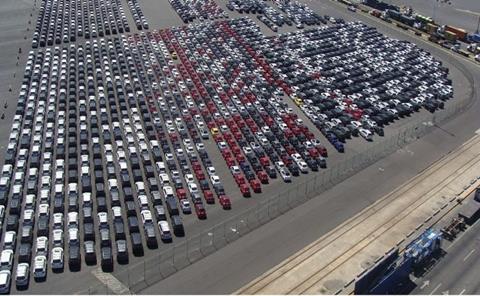
VW established a dedicated vessel running between Tuxpan and Houston, Texas, and the port of Freeport, Texas, which alleviated some congestion in the port of Veracruz, where VW also increased yard capacity and added some additional vessels.
VW de Mexico is also working within the port of Veracruz to improve throughput. It has been working on a lighting project at the port to increase operations with a third shift and has been carrying out feasibility studies with the port to increase the use of rail to and from Veracruz for material shipments. It is also working with its rail providers to mitigate theft and damage from vandalism, which continues to be a problem in Mexico.
Taboada also said VW de Mexico was working with the port authorities to comply with regulations on vehicle dwell time.
“We are convinced that the best way to solve disruption is working together with open communication, assuring capacities, developing projects to solve the bottlenecks and, the most important thing, establish long-term partnerships with the suppliers,” he said.
VW de Mexico has created a new organisational unit for the North American region and is solving problems from a regional perspective, not just from factory to border
“We are basing our decisions on total supply chain cost, not just what we pay for here and there,” explained Taboada. That includes the acquisition of additional vessels to assure capacity for finished vehicle shipments from the ports.
Earlier this year, Anu Goel, executive vice president, Group After Sales and Service for the Volkswagen Group, explained how the carmaker had brought together North America’s US, Canada and Mexico vehicle logistics divisions under a Virtual Task Force to explore opportunities beneficial for the region as a whole. Goel questioned the need for three separate divisions when North American logistics are connected and the Virtual Task Force was formed in 2023 a time when the industry was struggling with transport capacity shortages and backlogs in Mexico. Now, the group has a formal organisational structure for the combined US, Canada and Mexico networks that reports into Goel. Volkswagen Group is also developing a control tower that manages capacity with visibility between 1-and 5 years out.
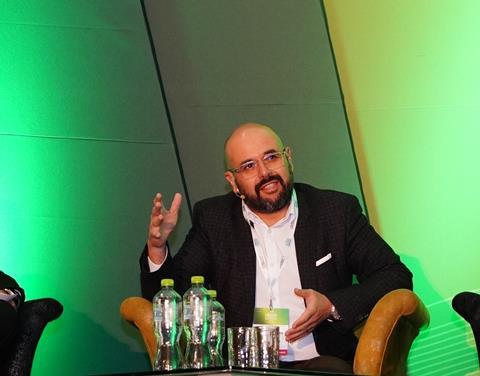
Stability through investment
Taboada said that 2024 has been more about stable processes and cost optimisation for VW. “I can tell you that our capacity is more stable and the rail is flowing better,” he said. “We have also signed contracts to ensure capacity and the situation car haulers is solved for now.”
Zepeda also reported improvements for CSI and provided the example of short-haul movement between the port and the distribution centre in Veracruz. “We were performing one round trip a day; now we are performing three cycles,” he said, adding that even when that occasionally dropped it was still a clear improvement in timing and access. “It is very important what the authorities have done. Releasing new space has helped a lot and in our case we have been investing in new trucks – 15 in the last 11 months.”
By April next year, Zepeda said that CSI would have 400 trucks in the fleet, which means a 60% increase in truck capacity.
Securing three rotations a month depends on having better flexibility in the use of terminal space for different types of cargo and Quijano said that a number of its facilities had a double purpose and could be used either for finished vehicles or other goods for foreign trade.
“The automotive trade is important because it is one of our benchmarks, but these spaces can be used for other types of cargo,” explained Quijano, adding that when output dropped Veracruz could resort to flexible berthing and use parking space and warehousing for other purposes.
“Another improvement we are making with VW is a project to work on areas where loads are strong and heavy, and for us to unload and verify the quality of the cars 24 hours a day. That is thanks to our lighting technology.”
Decentralised network
Robert Zavala, vice president of Mexico operations at Wallenius Wilhelmsen said the situation had improved from the crisis mode in 2023 when the finished vehicle network had basically collapsed.
“We built resilience into the network and now more volume is going through the network than in 2023,” he said. “It got better because of the alternatives that we developed together with our customers.”
One important change to the network was the shift from a centralised network reliant on two main ports to handle 80% of the volume – namely Veracruz and Lázaro Cárdenas – to a more decentralised network where the ports of Altamira and Mazatlán now also handle higher numbers of vehicles. Last year the port of Altamira saw the biggest gain, up 33% to 456,000 units, ranking it third in Mexico and fifth in North America. The port Mazatlán also saw a big percentage increase in 2023, though overall volume was behind the top three ports at 166,000 vehicles.
For Zavala, the situation is more balanced and that has brought a big improvement. “There is a big increase in imports [to Mexico] and these alternative ports are absorbing the majority of this growth,” he said.
Zavala described some of the crisis mode measures Wallenius Wilhelmsen took with its customers to get to a more stable situation, dedicated short sea services between Mexico and the US East Coast. “This is something that is tracked from the plant to the dealers in the US we have never moved more people between locations like we did last year and beginning of this one,” he said. “We added some flexibility from site to site to address the peaks on the demand and also added velocity with this improved tracking of the vehicles.”
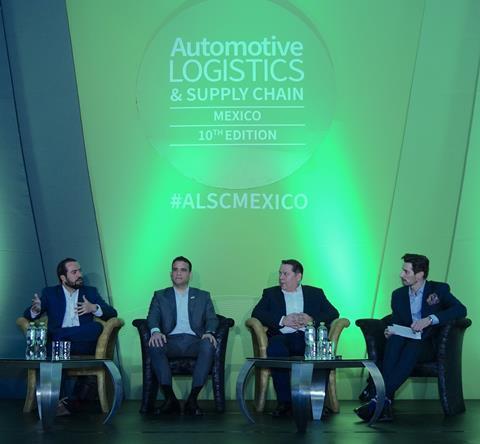
Fewer hours, more shifts
Mexican Federal Labour Law is currently being reformed, with the working week reduced from 48 hours to 40 hours. The law establishes that for every five days worked, an employee will be entitled to at least two days off per week. Quijano said that while the reform was welcome it will definitely have an impact on work at the port.
“Today there are three shifts at the port but we are looking at the addition of a fourth shift along with resident companies so the port is not affected and can operate 24/7,” he said, adding that necessary adjustments would also be made to include an extra shift for customs workers.
Zepeda said CSI saw the reform as a positive move. “We believe it will enable us to increase productivity and avoid burnout of people,” he said. “We are already working on a plan where we are redefining the goals and analysing the scope of the activity of our colleagues.”
Looking ahead to 2025 Zepeda said CSI was in a more commercially stable situation to deal with any unforeseen disruption. “We all understood that it is important to provide each other with visibility and long-term contracts, on one side to help the users feel confident that we will have the infrastructure, and so that we are confident to make the investment. You never know the new challenges but considering we have built the proper conditions, whatever happens, we will be able to face it.
Taboada said 2025 is a consolidation year for VW de México and he did not foresee any problems with capacity. “It is very important to keep our team motivated because if we have the right people in the right positions then we can face whatever challenge we have to face. The people are very important,” he said. “Then we need to be more productive, and do more with less resources, using IT tools and digitalisation.”
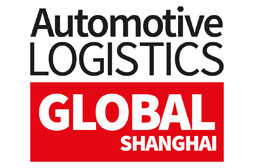



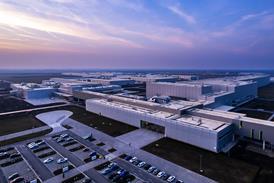
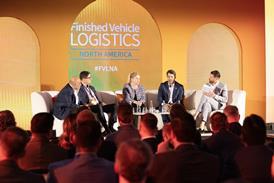
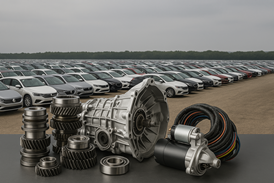



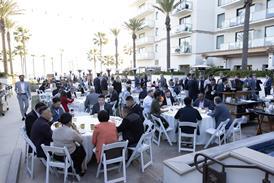



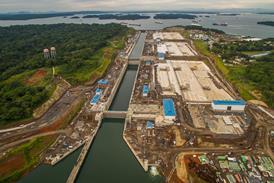
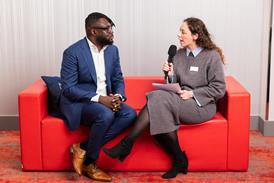



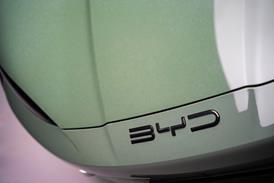
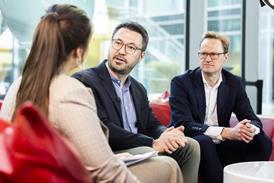
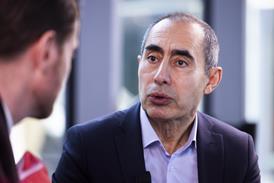


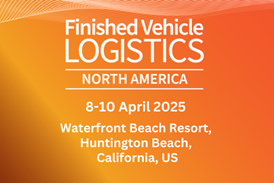
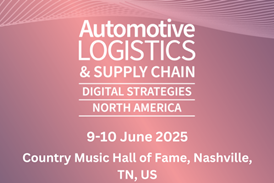
![Global[1]](https://d3n5uof8vony13.cloudfront.net/Pictures/web/a/d/s/global1_726550.svgz)
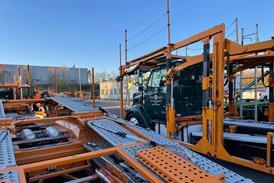
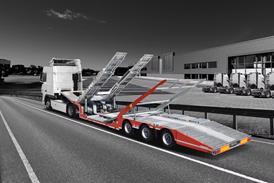
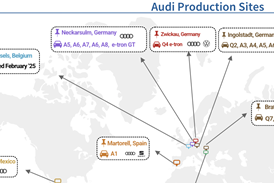

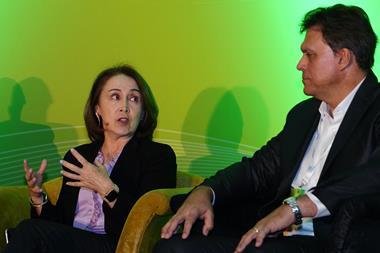
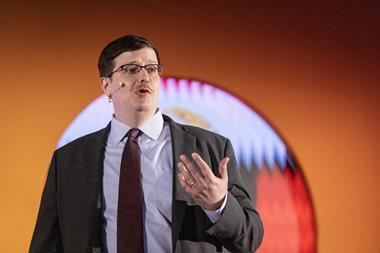

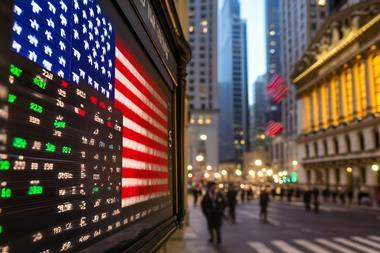




No comments yet